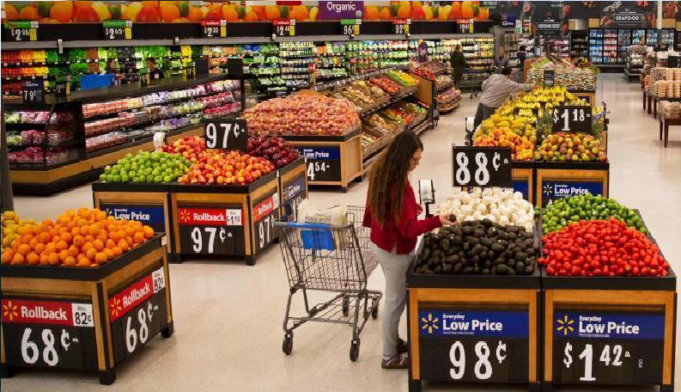Historically, there has been a rhythm to eating patterns in America; somewhat predictable habits formed by daily routines and needs. The early stages of the pandemic disrupted this rhythm, and just as eating patterns were returning to pre-pandemic normalcy, food inflation set them on end again, reports The NPD Group* in its recently released 2022 edition of Eating Patterns in America.
“The rate of change in U.S. consumers’ eating behaviors continues at a dizzying pace,” says David Portalatin, NPD food industry advisor and author of Eating Patterns in America. “Anyone hoping to return to normal must understand that there is no normal, only an ongoing evolution as we respond to new realities.” Portalatin points to six macro themes currently shaping the new realities of food and beverage consumption behaviors: economic transition, inflation, income bifurcation, sticky behaviors, total wellness, and the return to convenience.
Economic transition: Consumer spending in 2020 and 2021 experienced a stimulus-fueled surge that extended into the first quarter of 2022. But, the spending spree ended by the second quarter when stimulus money dried up, and inflation and economic uncertainty took hold. The positive and negative disruptions of the past few years may mean year-over-year economic metrics aren’t as straightforward as they’d ordinarily be in explaining the consumer’s health. Inflation: Consumers are unlikely to reduce food and beverage consumption in the face of inflationary pressure. But, they will find ways to manage and allocate their food dollars. While inflation is more moderate for food away from home than food at home, the typical restaurant meal costs 3.4 times more than in-home food sourced from retail. To offset rising food costs, consumers are bargain-hunting when grocery shopping, eating more meals at home, and cutting back on restaurant visits.









